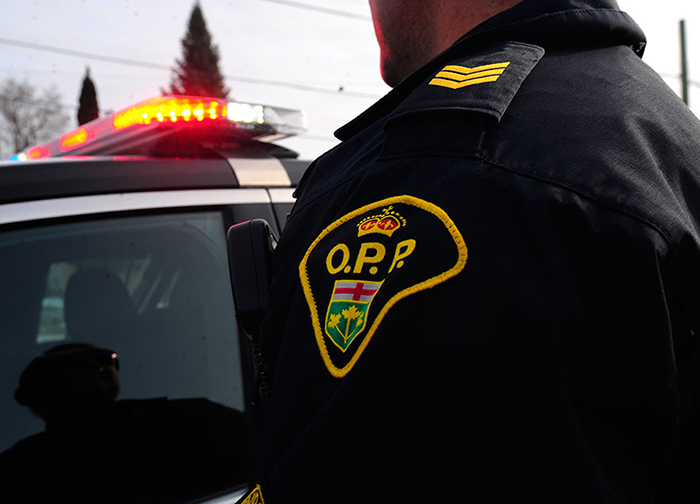
Local woman recalls harrowing incident; OPP offer advice
What would you do if an SUV pulled up on your rear bumper and followed you aggressively?
The OPP said the safest thing to do is call 9-1-1.
The incident happened to a local woman recently on Highway 401 between Chatham and Windsor.
In a post on social media, Jackie Larose said she was in her car with her child and her dog when a large SUV with three men inside seemed to briefly terrorize her.
“I noticed in my mirror a large SUV coming up in the fast lane. It got right beside me, with three men inside,” she said in her post. “They looked in my car, then slowed right down and got behind me very close.”
Larose said she was unable to get a license plate number. She saw an opening in the slow lane, so she said she pulled into it to let the SUV go by.
But it didn’t.
“They continued to stay close. I got nervous because this just seemed like strange behaviour, so I grabbed my phone,” she said, adding she has Blue Tooth in her vehicle. “As soon as my phone was visible, the SUV took off, swerving in and out of traffic. I feel strongly these guys were up to no good.”
Const. Brett Phair, community safety officer with the OPP covering Chatham-Kent, said the best thing a person can do if they feel threatened or think they are in imminent danger is to call 9-1-1.
“This is true both while travelling in a vehicle or any other location. And, in general, if someone is considering calling 9-1-1 and they have any doubt if they should … CALL!” he stressed. “The communication centre emergency operators will receive and direct the call to the appropriate resources.”
Phair said every incident is different and it would be impossible to speak to what police would do after being contacted. He added that some of the OPP’s core functions is to prevent crime, improve public safety and investigate criminal and provincial offences.
“In the event that a 9-1-1 call was received outlining the circumstances of your email, our communication centre staff would obtain as much details from the caller as possible, the police would locate or direct the caller to a location to ensure their safety, and efforts would be made to locate and/or intercept the other vehicle and identify the parties involved, he said. “This would be followed with a thorough investigation to determine what, if any, laws had been violated and charges laid if appropriate.”
Larose’s advice to other women when driving? “Make sure if you are travelling alone or with children, beware of your surroundings,” she said.
Phair offered a list of things a person can do to protect themselves and provide the opportunity for the best outcome when faced with this type of emergency are as follows:
- Call 9-1-1 as soon as possible.
- Know where you are and keep police updated: The road you are on, the direction you are traveling, the closest/last intersection or overpass you passed, any landmarks, mile markers, etc.
- Provide your own information: The vehicle you are driving, your licence plate, who’s with you, alternate contact info (if there is more than one cell phone in the vehicle), etc.
- Collect the details and tell the dispatcher/police. Every little piece of information helps. Description of the vehicle and the occupants. Anything you remember or see/hear/smell can be helpful.
- If in a vehicle, maintain safe driving habits.
- Police will likely provide instructions as to where to drive your vehicle and meet with the investigator, but until that time, if possible, stay in populated areas or make efforts to travel to one or a known place of safety such as a local police station or detachment.






